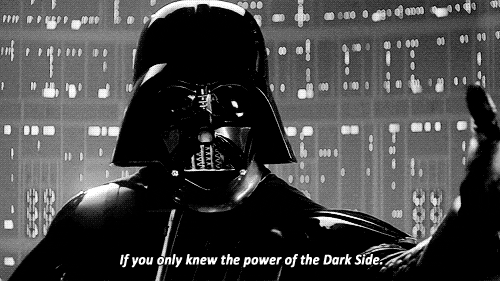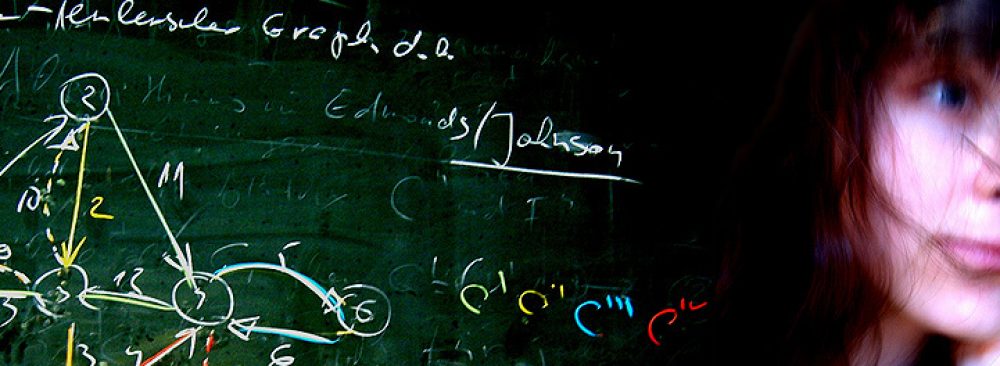Have you ever heard of Coursera? I’m taking some classes every now and then to learn some new stuff and fill the tons of free time after graduating with something meaningful beside my job. Some time ago I took this cool class “Gamification”. The point of gamification is the usage of game elements to motivate people take some specific actions. Now, while the topic is indeed from those topics with no clear boundaries and missing literature, it is mountains of fun.
Since it got favorable evaluation and feedback, I want to share my first gamification project.
TASK DEFINITION:
You are approached by Ryan Morrison, the mayor of a medium-sized city in the Midwest of the United States. He has heard that you know a lot about gamification and believes that gamification techniques can transform city government.
He would like to start with the health of city employees. The city has 50,000 employees and they happen to have exactly the same rates of obesity as the U.S. average: 34.4% overweight (but not obese) and 33.9% of them are obese. 53.1% of the city’s employees do not meet the U.S. Physical Activity Guidelines for aerobic physical activity and 76% of them fail to meet the Guidelines for muscle-strengthening activity. The city pays for health benefits for its employees and this cost is a huge part of the city budget. Economists in Mayor Morrison’s office have estimated that a 3% improvement in the average physical fitness of city employees would amount to a US$94 million reduction in annual city health costs; a 5% improvement would save US$188 million.
Describe in general terms a gamified system that could effectively motivate behavior change to address the challenge presented above. Specifically, explain how the system would effectively incorporate intrinsic motivation, extrinsic motivation, or both. Your answer should address the fact that this is an internal gamification project, targeted at the institutional goals of the city government. The system can use any technology (or no technology!), so long as the resources required seem justified by the scope of the opportunity.
MY FIRST GAMIFICATION PROJECT: THE FITNESS LOUNGE
With the following essay I want to propose an internal gamified system, specially designed to motivate government employees for physical activities. The project is called “The Fitness Lounge”.
Perhaps many of you remember the story and the idea behind the Apple stores. What Apple did was to change the concept of computer store by creating the right ambience, where people can hang out, play with the products and eventually buy one of them later. The computer stores changed. They became huge and full of light, places where people are comfortable and enjoy their stay. But this is Apple’s success story. We can learn from it. The key is transformation. We can transform the boring fitness center into something which is much nicer and funnier. But you may ask yourself – how? The answer is: we will use gamification.
The “Fitness Lounge” is fitness center with extraordinary equipment. The treadmills, stationary bicycles and all exercising machines are small electricity generators. They are able to transform your energy (the calories you burn) into electricity. Since this is your energy, before starting to exercise, you can decide how to use it. You can select one of the options “cup of coffee”, “cup of tea” or “massage”. The amount of energy you burn through exercising is then used to power the coffee machine, the electrical teapot or massage chair. After you do a good job of exercising, you can relax comfortably in the lounge, enjoy the fruits of your hard work and chat with coworkers.
The proposed internal gamified system can be successfully applied to motivate the city government employees for the following reasons:
- The reward at the end is something you can immediately consume and enjoy. Since some of the employees would exercise because of the reward at the end, this is an extrinsic motivation.
- The reward you get is proportional to your effort. This is also an extrinsic motivation: The more you exercise, the more energy you produce and you can enjoy longer massage or even combine massage with a cup of tea.
- Crafting. The gamified system takes advantage of the more powerful intrinsic motivation also. The key game term here is “crafting”. The process is similar to “crafting” in the games – you are producing something that you use and usually cannot produce at home. In games, it is usually weapons or magic elixirs. In our case, it is electricity. Although you have electricity at home, it is bought. Making your own electricity is much cooler (ask gamers about it).
Since the proposed gamified system is completely based on existing technologies, the “Fitness Lounge” can be build for less than US$94 million. With a little bit of engineering, building it won’t be expensive and difficult. Moreover, the “Fitness Lounge” will change the lifestyle and the attitute towards sports of the government employees.

